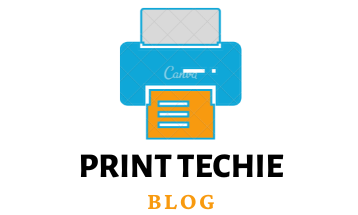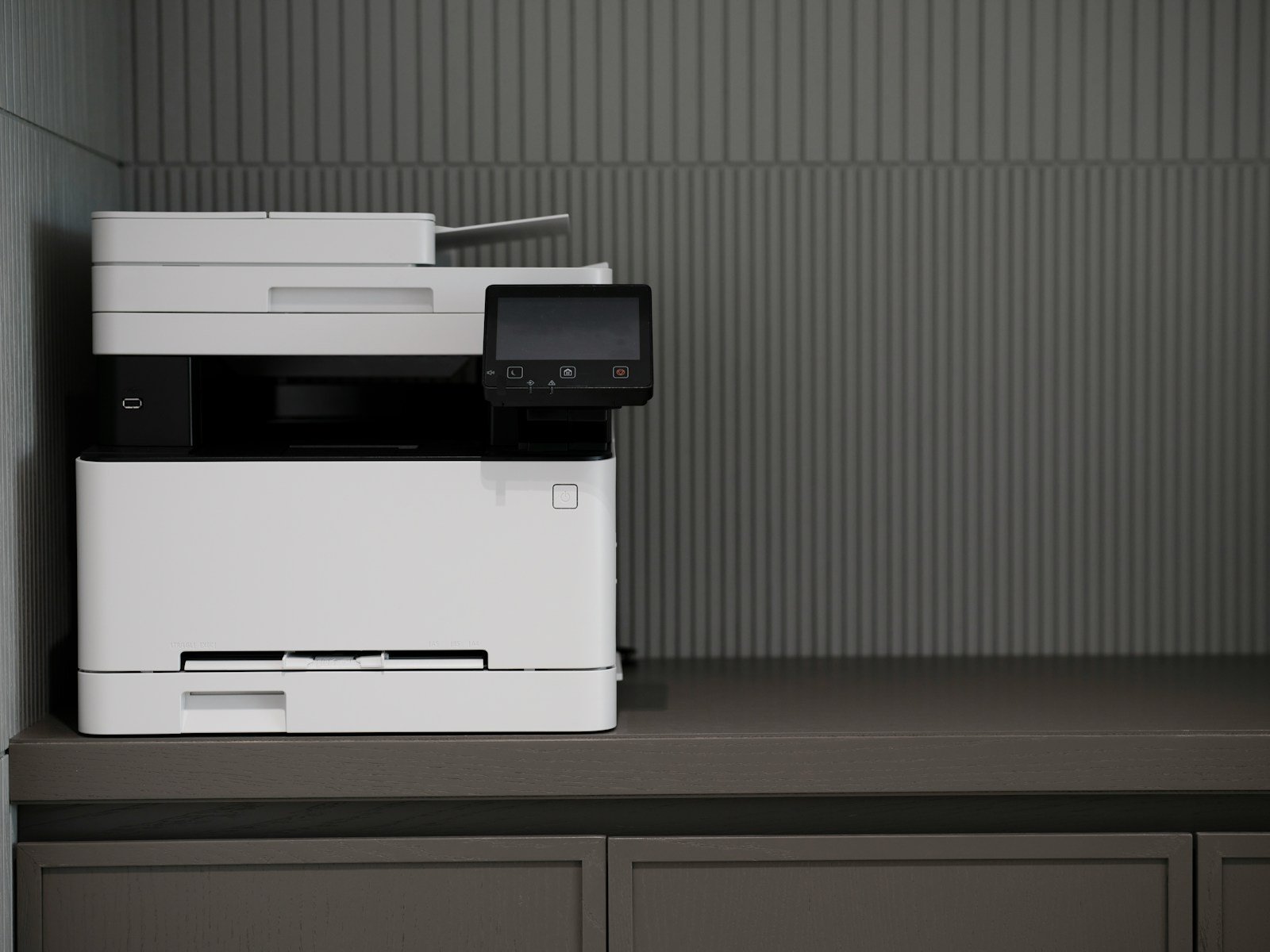Using a heat press and specialized ink, the sublimation printing process enables you to produce beautiful full-color images from fabric to ceramics and metal onto various materials. It’s now one of the most favored strategies for producing personalized items like mugs, phone cases, or t-shirts. Unleash your creativity through this printing technique. It’s critical to remember that the devices utilized for sublimation printing are distinct from those used in standard printing. Achieving successful and high-quality prints requires a thorough knowledge of the equipment for sublimation prints. If you’re wondering if you can use a regular printer for sublimation printing, then worry no more! In this blog post, we’ll answer that question and provide an in-depth look into how to do it.
Can you use a regular printer for sublimation?
It depends, a regular printer will work for light colors on dark fabrics, but it won’t work for dark colors on light fabrics. For instance, if you’re looking to print onto a white T-shirt, you’ll need a sublimation printer.
Sublimation printers use heat and pressure to transfer dye from a solid state (in the printing ink) into a gaseous state without ever going through a liquid stage. This means that the ink is part of the fabric when it’s finished printing, giving it a much higher level of durability than other printing methods. So if you’re looking to create designs that will last, you’ll definitely need to invest in a sublimation.
Regular Printer vs. Sublimation Printer – Detailed comparison.
When exploring the differences between a conventional printer and a sublimation one, there are three major components to consider: technology, print quality, and compatibility with materials. While traditional printers deploy inkjet or laser printing techniques, sublimation machines use special inks that vaporize when heated up – thus bonding directly into any fabric they’re printed on for long-lasting prints of exceptional clarity and vibrancy. Traditional printers lack the intensity and durability of prints, being restricted to absorbent flat surfaces. Meanwhile, sublimation printers were specially designed for this purpose, providing higher quality results than their counterparts. You can modify a regular printer to be suitable – however it comes with some limitations and risks – let’s examine further differences between these two types of printing devices!
Comparison of the two types of printers:
Technology used:
In contrast to standard inkjet or laser printers, sublimation printers rely on special inks that turn into a gaseous form when heated. This process allows for vibrant colors and designs to be absorbed directly into the fabric of the printed surface.
Print quality:
Sublimation printers offer color accuracy and vibrancy that traditional printer models simply can’t match. Their unique design enables them to produce vivid, eye-catching prints with an expansive range of colors – perfect for any project. So if you’re looking for high-quality results, then sublimation printing is the way to go!
Materials that can be printed on:
Sublimation printers provide a greater range of printing capabilities, allowing for transferring fabrics, ceramics, and metal. On the other hand, traditional printers are limited to paper and flat surfaces that can absorb ink.
Limitations of using a regular printer for sublimation:
Using a regular printer for sublimation is possible with some modifications, though it’s important to recognize that these printers are not designed for this purpose. Utilizing a standard printer might cause issues such as diminished image quality and limited material compatibility, making it difficult to get accurate colors. Furthermore, going against the manufacturer’s instructions by using your printer this way may void its warranty – something you should consider before trying it out yourself.
How to use a regular printer for sublimation?
To use a regular printer for sublimation, ensure its compatibility with sublimation ink and a heat press. Then switch out the conventional ink cartridges with those intended for dye-sublimation printing. Finally, utilize your trusty heat press to transfer the image onto your desired material – voila! It’s that simple!
Modifying a regular printer:
Follow these two steps to modify a regular printer for sublimation:
Ink cartridges:
To start using a regular printer for sublimation, you first need to switch out the standard ink cartridges with specialized sublimation ones. Luckily, these cartridges work perfectly with this type of printing and supply vivid colors and sharp prints that will bring your designs to life!
Heat press:
To transfer the image onto the material, you must replace ink cartridges and use a heat press. The combination of heat and pressure is what ultimately transfers the picture. Before buying one for your printer, make sure that it’s compatible with a heat press, as this isn’t always true for regular printers.
Tips for successful sublimation printing using a regular printer:
- Make sure your regular printer is compatible with sublimation ink and a heat press before attempting to use it for sublimation printing.
- Always use a high-quality sublimation paper.
- Be sure to use the correct settings and settings profiles when printing to ensure accurate colors and print quality.
- Experiment with different settings and materials to find the best results for your specific printer and project.
- Do not forget to clean the printer’s heads and adjust the color profiles accordingly.
- Consider seeking guidance or professional help if you are unfamiliar with sublimation printing.
It’s important to note that while it is possible to use a regular printer for sublimation, it may not produce the same level of quality and durability as a specialized sublimation printer. Additionally, modifying a regular printer for sublimation may void its warranty. It’s essential to weigh the pros and cons and understand the limitations before using a regular printer for sublimation.
FAQs:
Can I use any regular printer for sublimation?
Before attempting to use a regular printer for sublimation, it is critical to confirm its compatibility with sublimation ink and a heat press – unfortunately, not all regular printers are compatible.
Will using a regular printer for sublimation void the warranty?
Before attempting to use a standard printer for sublimation, it’s essential to read through the warranty terms and conditions; altering your regular printer could void its warranty.
How does the print quality compare between regular and sublimation printers?
Sublimation printers are the perfect choice for creating vivid, accurate prints with various colors. Ordinary printers may be suitable for everyday use, but they won’t provide you with the same color accuracy or brightness level as sublimation printing!
Are there any limitations to the types of materials printed on with a regular printer for sublimation?
Standard printers can print on flat, absorbent surfaces such as paper. Though you can use a regular printer for sublimation purposes, its compatibility with other materials is significantly lesser than that of a dedicated sublimation machine.
While you can modify a regular printer to be able to do sublimation printing, it’s important to note that this kind of machine isn’t specifically designed for this purpose. By doing so, the overall print quality and material compatibility may suffer as well as an inability to achieve accurate colors. Moreover, any changes made might void your printer warranty – making it critical to consider all possible pros and cons before attempting such modifications on a regular printer for sublimation purposes.
You should carefully weigh the costs and benefits when deciding between a regular printer and a specialized sublimation printer for your printing needs. It may ultimately prove more cost-efficient to invest in a dedicated sublimation model. Before making any decisions, do thorough research or seek advice from an expert if needed.

